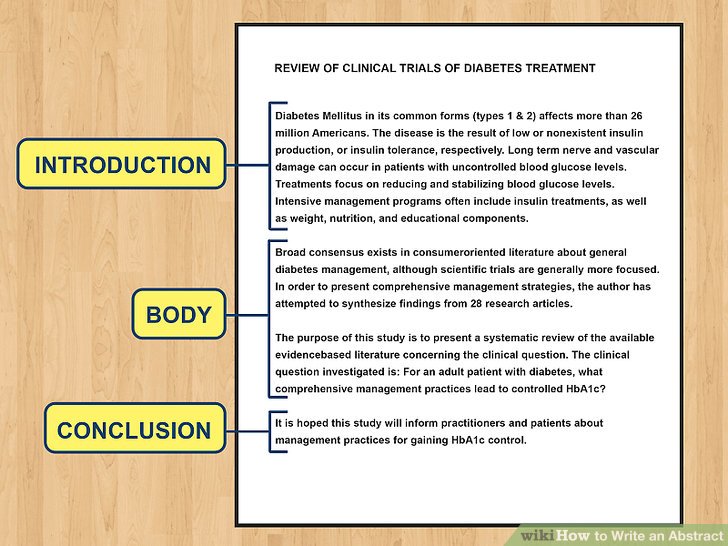Composing Report Abstracts
Synopsis:
This content discussions how to compose great edited compositions for reports. It covers enlightening and graphic edited compositions and gives pointers for progress.
Kinds of modified works
There are two kinds of modified works: instructive and elucidating.
Educational modified works
• Communicate substance of reports
• Include reason, techniques, scope, results, ends, and suggestions
• Highlight basic focuses
• Are short—from a passage to a page or two, contingent on the length of the report (10% or less of the report)
• Allow perusers to choose whether they need to peruse the report
Distinct edited compositions
• Tell what the report contains
• Include reason, strategies, scope, however NOT results, ends, and suggestions
• Are in every case extremely short—typically under 100 words
• Introduce subject to perusers, who should then peruse the report to learn study results
Characteristics of a decent theoretical
A viable conceptual
• Uses at least one well-created sections, which are brought together, cognizant, brief, and ready to remain solitary
• Uses a presentation body-end structure in which the pieces of the report are examined all together: reason, discoveries, ends, suggestions
• Follows carefully the sequence of the report
• Provides sensible associations between material included
• Adds no new data however basically abridges the report
• Is coherent to a wide crowd
Ventures for composing powerful report abstracts
To compose a viable report conceptual, pursue these four stages.
1. Reread your report considering the motivation behind abstracting. Search explicitly for these principle parts: reason, strategies, scope, results, ends, and suggestions.
2. After you have wrapped up your report, compose a work in progress without glancing back at your report. Consider the fundamental pieces of the dynamic recorded in step #1. Don't only duplicate key sentences from your report. You will put in something over the top or too little data. Try not to outline data in another manner.
3. Revise your unfinished copy to
• Correct shortcomings in association and rationality,
• Drop unnecessary data,
• Add significant data initially forgotten,
• Eliminate tedium, and
• Correct mistakes in language structure and mechanics.
4. Carefully edit your last duplicate.
 English
English Persian
Persian

